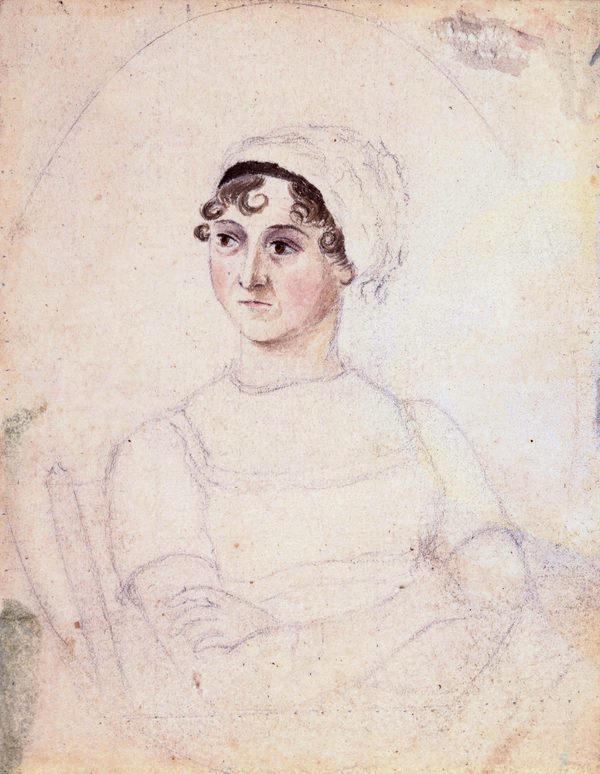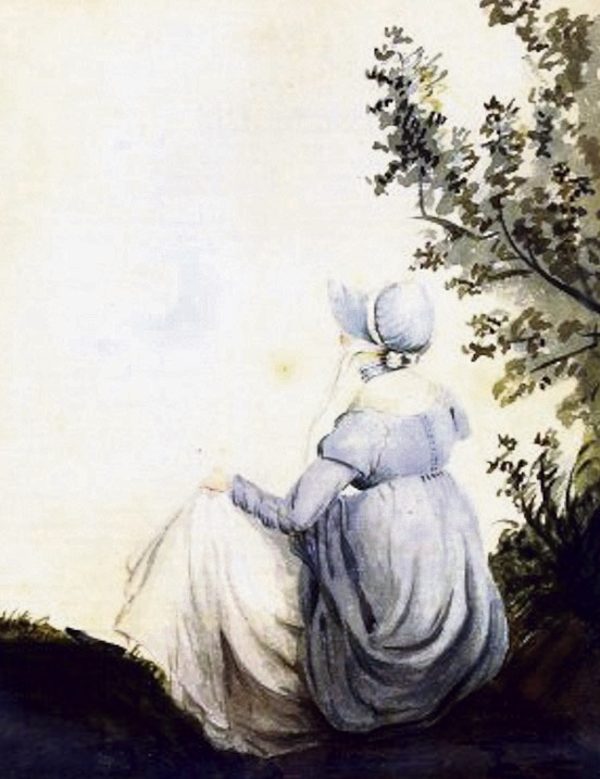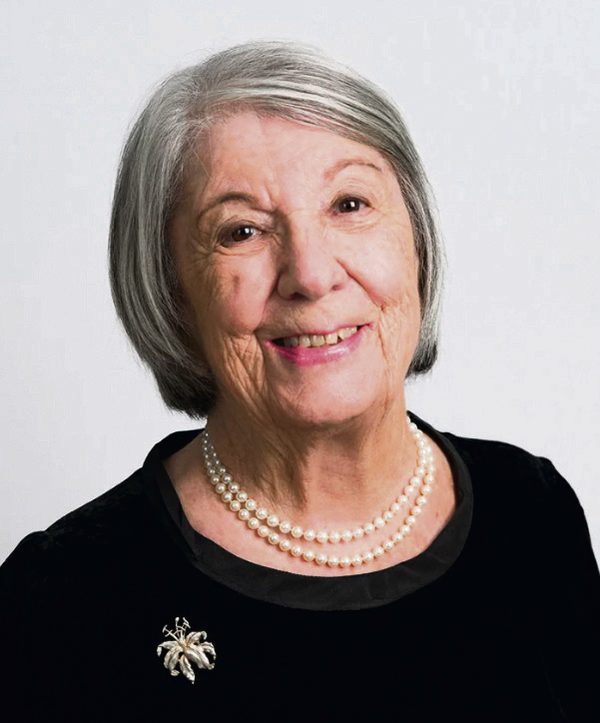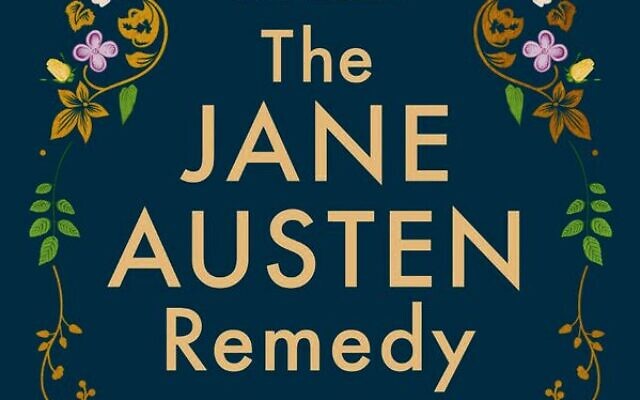Changing Lives with Jane Austen
When she was almost 70, Ruth Wilson decided to live alone for the first time in her life, retreating to a country cottage in the NSW Southern Highlands. During her time, she re-read all of Jane Austen's novels. Jessica Abelsohn spoke to the author about how revisiting Jane Austen's books led to her memoir, The Jane Austen Remedy.
Ruth Wilson and I may have been chatting over the phone, but I could almost smell the chicken soup that was bubbling on the stove as we talked. It was the lead-up to Rosh Hashanah and Ruth was busy preparing, explaining that she doesn’t cook much but this chicken soup is always an exception.
Ruth grew up in Griffith in New South Wales. She told The AJN they were one of only three Jewish families in town. She said her parents’ background though – both were born in pre-1948 Israel – meant she had a very strong Jewish upbringing.
“It was a very strong Zionistic background and very grounded in Hebrew as a language. My parents spoke Yiddish a lot and so did my grandparents. My mother tried to teach us Hebrew, but I wasn’t a very good student,” she laughed. “But I used to read a lot of Jewish literature.”

Her father was a GP with an interest in farming and sheep breeding. She recalled learning to ride a horse “not very well” and told The AJN that when the State of Israel was finally declared, her father transported – by air and by ship – flocks of Corriedale sheep from his property near Griffith to the Negev.
Ruth also lived in Israel for a while with her husband, where she taught English language and literature at the American International School.
In the 1980s, the pair returned to Australia where Ruth became heavily involved in Jewish communal life. But, she explained, her special interest was always education, which led her to design and implement Project Heritage in schools (also known as Living Historians), which she described as “an intergenerational Holocaust oral history experience”.
Education constantly called to her – for herself and for future generations.
So much so that seven decades after first enrolling at the University of Sydney, she completed her PhD at the same university, aged 88.
“I realised that the reading I had done of Jane Austen’s novels, was very important in my life. So, I decided to put together a proposal to do a PhD to explore the continuing value to young people in the 20th century, of reading Jane Austen at school,” she explained.
Out of this PhD spawned Ruth’s first book, a memoir which examines how Austen’s work impacted Ruth’s own life and how an author’s work can be interpreted through the prism of the reader’s own lived experience.
Ruth fell in love with Austen first through the cinema in the late 1940s when she watched Greer Garson portray Elizabeth Bennett in the film adaptation of Pride and Prejudice.
Later in life, while living in the New South Wales Southern Highlands, she re-read all of Austen’s novels again, and realised that she was taking different lessons away from each book, every time she read them.
“Growing up, I think we were all given this sense that things would simply work out if you let them be,” Ruth told The University of Sydney late last year. “But there came a point where I desperately wanted to be alone, to have my own space, and to rediscover myself or to discover myself for the first time.”

She joined the Jane Austen Society and the Friends of the Library and that’s when she realised just how much of an impact Jane Austen had on her life – her values and her understanding of her relationships.
“I think one of the things that Jane Austen shows in her deceptively light-hearted romantic love stories of courtship and marriage, is how people navigate relationships and how sometimes they realise their grasp on a particular relationship has been completely misread,” Ruth told The AJN. “So, it needs to be read again. It’s the idea of not just reading into books but reading into people as well.”
Ruth explained that when you really think about Austen’s books and read them in the context of her life, you realise that Austen can be seen as an important figure in the development of the understanding of what it is to be feminist.
“She found a way to get her message across through her fiction, and I find that quite admirable.”
During the writing of her PhD, Ruth’s supervisor realised that what Ruth was writing wasn’t a thesis. Rather, it was her life. It was her memoir.
And that’s how The Jane Austen Remedy came to be.

“Writing my own story felt so liberating,” she told The University of Sydney. “I really discovered so much about myself that was always there, just under the surface. I’m 90, so I don’t have long left, but I do hope there is time to find out more.”
Ruth said no matter how many years she has left, she’ll continue to appreciate the value of books, reading and education. “It comes from Latin, that literature is both sweet and instructive. I think the sweetness of the stories is that you get into those stories, and you lose yourself. And then if the message comes through in a non-didactic way, you find yourself, and you’re a different person when you come out the other side,” she mused. “I hope reading will not become a lost art. Reading a long-form novel now for a lot of people who have been brought up in the internet age, I think is quite difficult.”
Ruth said, though, that all her grandchildren and great-grandchildren read.
“They get lots of books for their birthdays,” she laughed, before confirming that the chicken soup was done and ready for the family to devour over Rosh Hashanah.
The Jane Austen Remedy is published by Allen & Unwin, $34.99 rrp.


comments